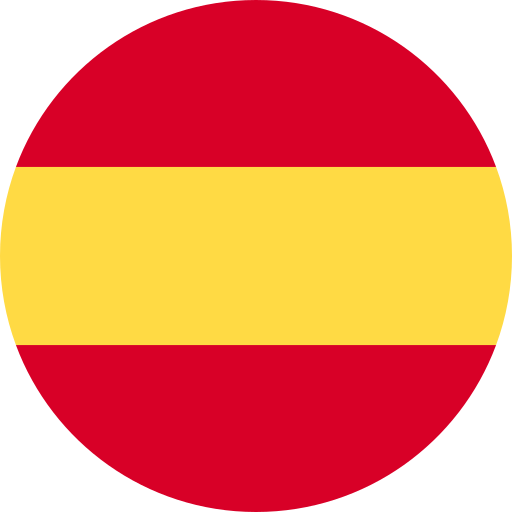
Alejandro is an artist and early-career scientist with over ten years of experience in illustration and design. Committed to a multidisciplinary approach to marine conservation, creates art to communicate scientific research and inspire the general public to care for science and the ocean. Accomplished in various media, uses both hand-drawing and digital software to produce natural history plates, scientific figures or art installations. Works independently or in collaboration with other artists and scientists to communicate forefront oceanographic studies.
At PATIO AFFAIRS he will exhibit his art piece “estructuras luminosas”. The art installation that was made for the exhibition in Tierra y Tiempo, form a collection of 29 independent works. All of them have been designed and handcrafted in the workshop, using artisanal papers from various origins.
As in other similar works, grounded in his interest in oceanography and marine conservation, the predominant concepts of this collection are directed towards the transcription of the complex symmetries and transparencies that result from the observation and research of natural organisms. In the collection, these principles are determined by the properties of the materials, as well as by the assembly methodology. In this way, the structural stability of the material defines the form. Transparency lies in the number and opacity of layers and overlapping colors.
In the installation, characterized by assembled lightweight elements, each unit loses its protagonism to become part of a larger whole, a “colony,” or luminous constellation in artistic terms, suspended in the double-height space. Two illustrations of siphonophores, done in watercolor on Indian cotton paper, accompany the installation. Siphonophores are colonies of planktonic cnidarians. Independent zooids, each specialized in one of the different functions of life, associate to compose a single organism. In this way, each individual specialized in its function contributes to and depends on the colony for its survival.
The works also evoke the bilateral symmetry and organic form of bivalve mollusks, where the pallial sinus between the two valves contains the organism that emits light.
The materials used in all the works are handcrafted papers. Their origins are Japan, Nepal, Mexico, India, Egypt, Spain, Italy, and China.
For more information about the artist, visit www.doctorcato.com




